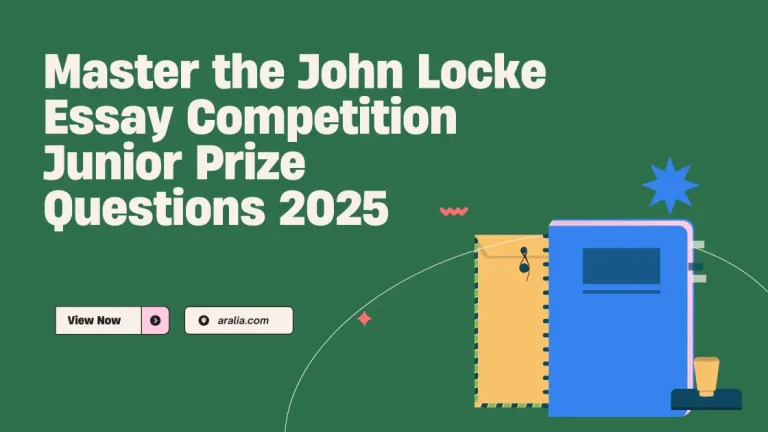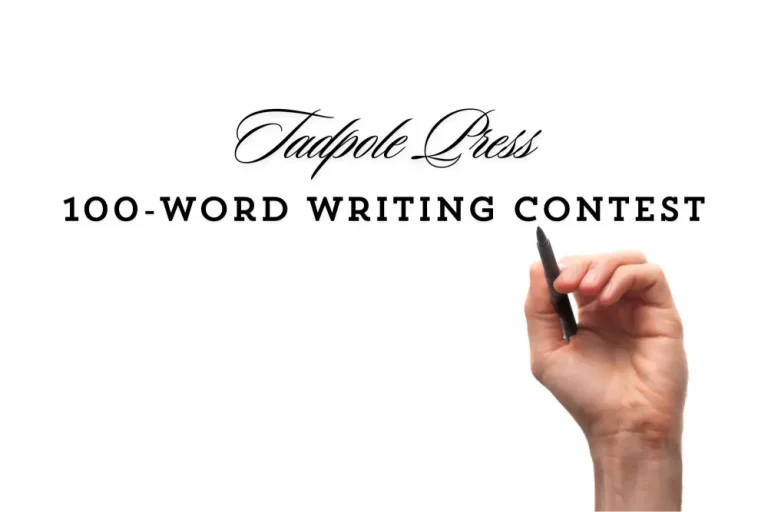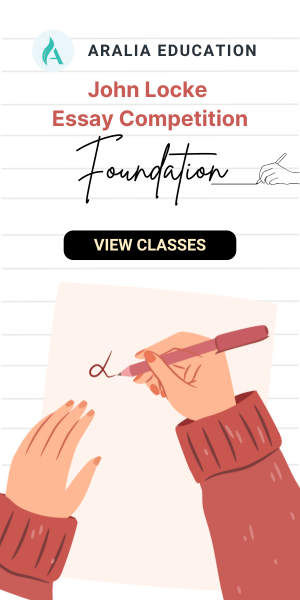1. What is Write the World?
Write the World, developed by David Weinstein – who’s currently working at Harvard University, is dedicated to improving the writing of high school students through a global online community and guided interactive process. Through multiple competitions throughout the year, students are encouraged to develop their voices, refine their editing skills, and publish on an international platform. Write the World helps students develop the writing strategies and communication tools essential for success in school, career, and life.
Write the World Writing Competition series is currently at Poetry competition. This year, Write the World is hosting exciting competitions, such as Opinion Writing, Poetry & Spoken Word, Food Writing, Song Writing, Creative Nonfiction and Flash Fiction, etc.
2. What are the eligibility and prizes of the Write the World Competition?
The eligibility requirements are quite simple, as any student from the ages of 13-18 around the world can participate in the competition for free. A unique aspect of Write the World is that emerging writers can submit a draft for peer and expert feedback before submitting their final piece.
Prizes:
- The winning writer receives $100, and the runner-up and best peer-reviewed piece receive $50.
- Professional Recognition: All three winners with winning stories will be featured on the Write the World blog, with commentary from a guest judge.
- Expert Review: Submit a draft in the first week and get feedback from Write the World’s team of experts—authors, writing teachers, and education professionals.
- Guest Judges: From Poet Laureates to The President’s speech writer—Write the World’s monthly competitions are judged by renowned and respected writers from across the globe.
3. What are the characteristics of flash fiction?
Flash fiction is a challenging yet favored genre among writers, because of its ability to uncover emotions and convey deep truths within short sentences. Flash fiction is also known as sudden fiction, short-short stories, microfiction, or microstories. For the Write the World Flash Fiction Competition, students have to write a story in 99 words or less. Examples of Flash Fiction from the competition can be found on the website.
While writing a flash fiction story, there are three main points you have to keep in mind:
- Your story must be short, concise and to the point: Due to the nature of the format, flash fiction comprises an entire story in only a few paragraphs. Therefore, your story must begin and end within only 99 words.
- Even though it’s short, you still need to have a complete plot. As mentioned above, despite the word limit, flash fiction is still a story with a beginning, middle, and end. Some people have mistaken this with prose poetry. The main difference between the two is in the plot element. While flash fiction explores storytelling with a strong plot, prose poetry explores emotion, memory, or thought without a plot.
- Element of surprise. Besides a strong plot, flash fiction normally includes an element of surprise, “usually in the form of a twist ending or an unexpected last line.” The purpose of the surprise is to prompt the reader to think deeply about the true meaning of the story.
Referring to the Hiroshima story, the element of surprise is “He didn’t think they did,” when he wonders whether the dead remembers the killers. This ending sentence leaves us with questions and reflections about the unfortunate turn of events.
4. How to write a flash fiction story?
For the Write the World Flash Fiction Contest or any other Flash Fiction contest, we have gathered suggestions from our writing teachers to help your work truly shine!
Start in the middle of the story: When you start drafting your story with the beginning, the middle, and the end, think about what the most valuable and outstanding part of your story is. For example, if you look at the work Frogs in the Tub – Hadiyyah, the author jumps straight to the heart of the story to invoke curiosity “Amir put the suitcase down on the floor”. The reader would wonder: who is Amir, why did Amir put the suitcase down, did something happen to lead to that action? Just a simple sentence tells the reader everything they need to know to keep reading.
Use strong imagery. The beauty of flash fiction lies in the art of imagery. Due to the word limit, writers have to help readers visualize and feel the context as much as possible.
Limit your imagination. We didn’t mean this in a negative way. If you read 1Q84 by Murakami, he spent pages describing the two moons over Tokyo. However, flash fiction writers don’t have that generosity of space to describe one single setting. Instead, you can decide your setting within one or two words, then fill up space with imagery and dialog to create imagination and movement pushing the narrative forward.
Here comes the element of surprise. We discussed this element of surprise before. When writing flash fiction, you should always make your last line linger, through an unexpected change of event or a different emotion. The point is you have to make the reader think about what they’ve just read, and they will want to read your flash fiction piece over again.
Don’t cram in your moments or characters. With the limit of words, you should focus on one particular moment or scene, then develop characters’ emotions from there. In addition, because you don’t have enough space to describe your characters, you should limit the description to one or two sentences. Furthermore, the maximum number of characters you should include are two characters to create interaction and conversations.
Your title matters too. You only have 99 words to work with, but your title is not included in the 99 words. In this case, you should really think about what your title should be. Your title is very impactful, because it can hint to readers about what they should expect, or what they will explore further down in the story.
The Write the World Flash Fiction Contest is one competition within the Write the World series. Write the World is a global platform and community that empower young writers to develop their own authentic voices with the chance to be published and recognized on an international platform.
For students who are interested in pursuing a career in writing and gaining more practice and support in writing a flash fiction for this competition, Aralia offers a specialized writing program. Students will have the opportunity to write essays for the competition and receive guidance from an award-winning instructor at Aralia.
More information is provided below:
Writing Competition Prep
Students will learn the nuances of language, including figurative language, effective structuring, and specific forms to apply to their own piece(s). Students will work directly with both literary and media texts to plan and write their piece(s). This class will also help the students write with an aim for an audience as their submission for nation-wide and international writing competitions that are timely with the course schedule.










